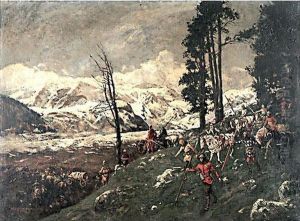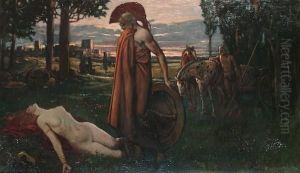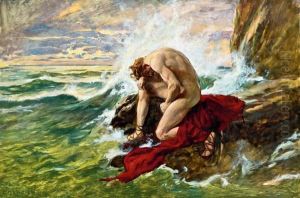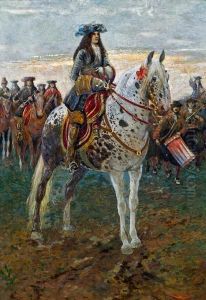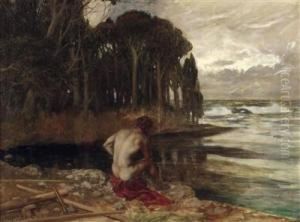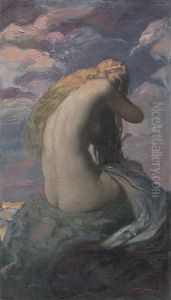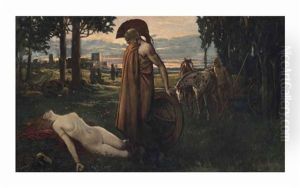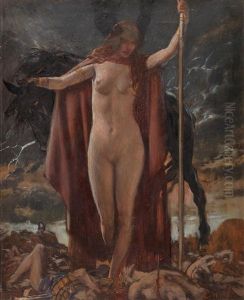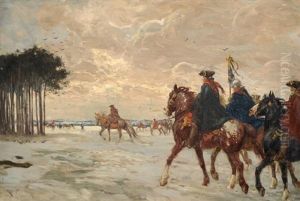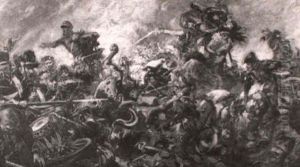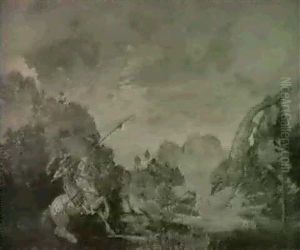Karl Ludwig Hassmann Paintings
Karl Ludwig Hassmann was a notable figure in the German art scene, primarily active during the late 19th and early 20th centuries. Born in 1869, Hassmann's early life and educational background provided a strong foundation for his artistic career, though specific details about his early training are less documented than for some of his contemporaries. His work spanned a period of significant change in the art world, encompassing movements such as Impressionism, Expressionism, and the beginnings of modernist trends in Europe.
Hassmann's artistic contributions were diverse, including painting, printmaking, and illustration. He was known for his keen observation of social and natural environments, which he depicted with a distinctive style that balanced between detailed realism and the more expressive qualities that would come to define the early 20th century's art movements. His subjects often included urban life, landscapes, and figures, reflecting the changing world around him.
Throughout his career, Hassmann was engaged with the artistic community in Germany and beyond. He participated in various exhibitions and was a member of several art associations, which played a crucial role in the dissemination of new artistic ideas and practices at the time. His work received recognition and was collected by both private collectors and public institutions, contributing to his reputation as a significant artist of his era.
Karl Ludwig Hassmann's death in 1933 marked the end of a career that had navigated through one of the most tumultuous periods in modern history, including the First World War and the significant political, social, and technological changes that followed. Despite the challenges of these times, Hassmann's art remains a testament to the enduring power of visual representation and its capacity to capture and comment on the human experience. His legacy is preserved in the collections of museums and galleries, as well as in the study of German art history, where his contributions continue to be recognized and appreciated.
